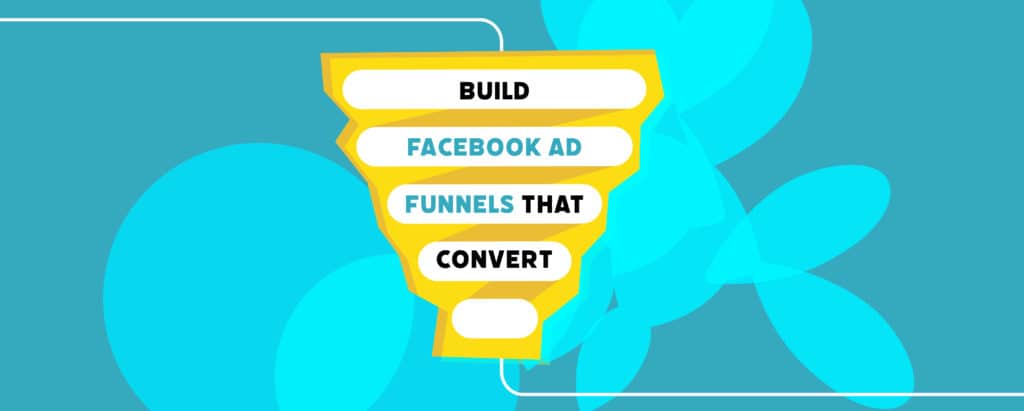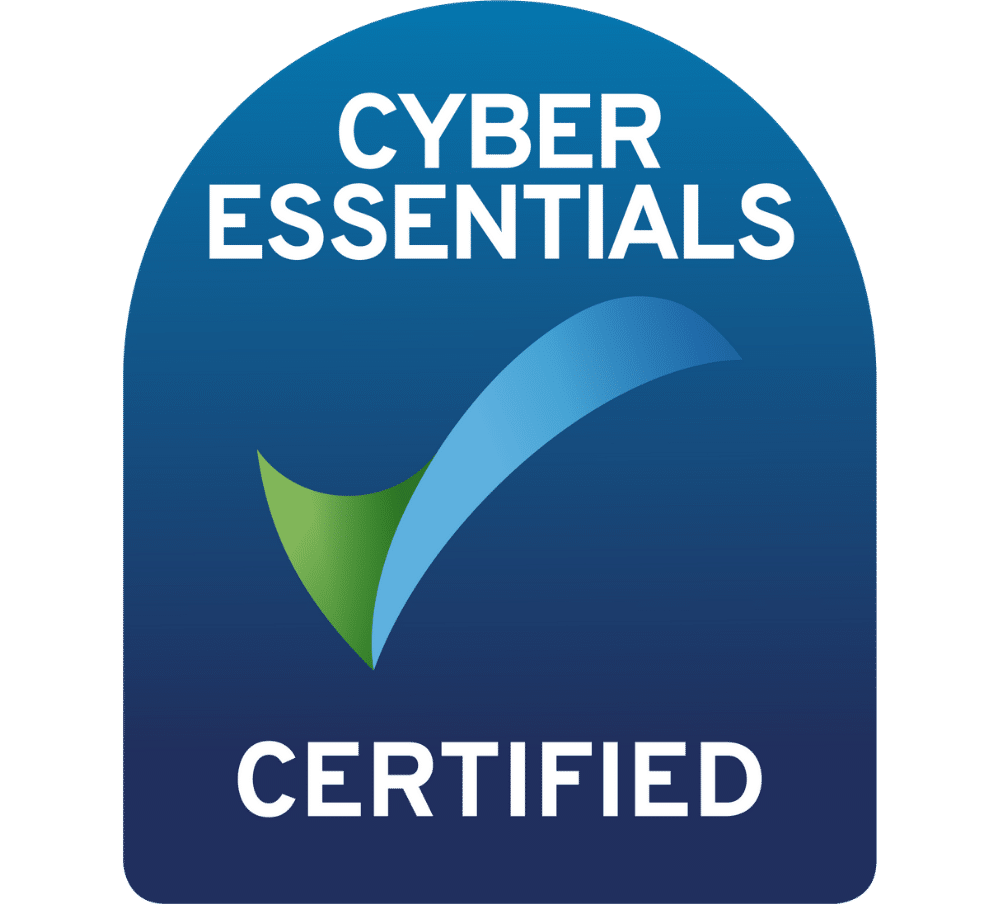Potential buyers of your products or services generally fit into one of three brackets. Either they are unaware of your brand, have engaged with your brand online but not added items to a cart, or they have almost purchased from you but abandoned the translation prior to completion.
You’ll want to reach all three categories and so you should aim to set up three Facebook ad funnels that convert. Here’s how to set up social media adverts aimed at audiences likely to become valued customers.
Setting Up Top Of Funnel Facebook Adverts
Our first port of call is to establish a Top of Funnel strategy. This endeavours to reach those who share attributes with your current customer base, but who have not yet engaged with or may not even be aware of your brand or products. If you have previously created an ideal client profile, this may be useful in setting up this Facebook advert. If not, then take your time setting up your advert and really consider what your customers have in common.
You’ll be aiming for an audience size of around 5 million so it is wise to begin with more general interests. Imagine your product is a luxury handbag made from vegan-friendly materials and it retails for £250. Your client is likely to be female, with ethical values and a taste for quality, with the income to support this. Generic criteria may include widely liked interests such as wine, cheese, yoga and Fearne Cotton. Then, to filter down further you may want to add values that are likely to be held by someone attracted to your product. For instance, an interest in sustainability, membership to vegan or vegetarian groups and interest in other ethical brands. You will also want to embrace those who are shopping for products similar to yours or are fans of brands of equal quality and with similar price tags. So, you may filter down to include those whose interests include Harrods, Selfridges and Stella McCartney.
Facebook’s layering function can be used here to include or exclude other audiences. You’ll need to ensure you remember to set this part up accurately, as you don’t want all of your adverts being shown to the same people multiple times. You should aim to match your adverts with the most relevant audience group(s).
Setting Up Middle Of Funnel Facebook Adverts
Ah, the tricky middle. The home of the undecided and the unpredictable. Your middle funnel will target those who have engaged, or begun to engage with your brand but have not yet become a customer. Perhaps they started watching a video of yours. Or maybe they have landed on your website but not added anything to their basket. This is called retargeting and is a highly effective way of reaching potential customers.
For this advert to work you’ll need to have your Facebook pixel set up. This will allow you to track visitors on your website from outside of Facebook. When you set up your advert you’ll then need to set up a custom audience from which you can select those who have visited your website within a certain timeframe.
Did you know that Facebook actually prioritises these adverts over ones you set up to target new audiences? This is partly because you own the data and also because these adverts are generally more effective. Due to your adverts being prioritised they are also likely to have a lower cost per click.
Setting Up Bottom Of Funnel Facebook Adverts
Bottom of funnel adverts target those who added items to a cart but did not make it through checkout. There are a great many possible reasons for this but often they don’t include a lack of interest in your product, which is why these remarketing adverts are often so effective.
To create a bottom of funnel advert you’ll need to set this up by going first to the ‘Audience’ section of your Facebook ads account. From there you can create a custom audience, during which you will want to include customers who meet ‘All of the following criteria.’ That enables you to market to those who have visited specific pages on your website. Here you can target those who added an item to their cart. You can even target those who added specific products to their cart but not completed the purchase. So, taking our luxury handbag example, you can show an advert to those who selected the bag but did not buy it and remind them that they were interested in the product.
Why does this work? Mostly because, despite our fast-finger online buying culture, many of us do still take time out to consider whether we really want to make the purchase. Just as some of us did on the high street. Also, the stronger willed may be waiting until payday or may just have realised they’d been online too long and decided to take a break, which resulted in not completing their transaction.
The advert itself could relate to particular items they were interested in, or it can be an opportunity to tell them a little more about your company. Perhaps, for example, they really liked the vegan-friendly luxury bag but felt it was a little indulgent. Would it help them to know that 20% of your profits go to support the replanting of rainforests? Encouraging a customer to complete a purchase often isn’t about them emotionally investing in the product, but investing in the brand. Being proud to be associated with your values. ‘Did you know’ information such as this is also more likely to be shared with your potential customer’s peers.
Remember to exclude those who have visited your ‘thank you for your purchase’ page when you set up your advert because they would have completed their purchase.
We advise that this advert runs frequently and is updated regularly to include those who have visited your site in the past 7-14 days. Your bottom funnel audience is likely to make a fairly swift decision about whether or not to revisit their potential purchase. So there is no need to keep running these adverts to the same audience for too long. Therefore, the bottom funnel should only require circa 10% of your total Facebook advertising budget. The majority should be focused on your middle funnel and some also on your top funnel to keep raising awareness of your brand amongst new audiences.
Once you have set up these three key facebook funnels, keep tracking the success and adjust accordingly. Another thing to consider is your email marketing funnels.







